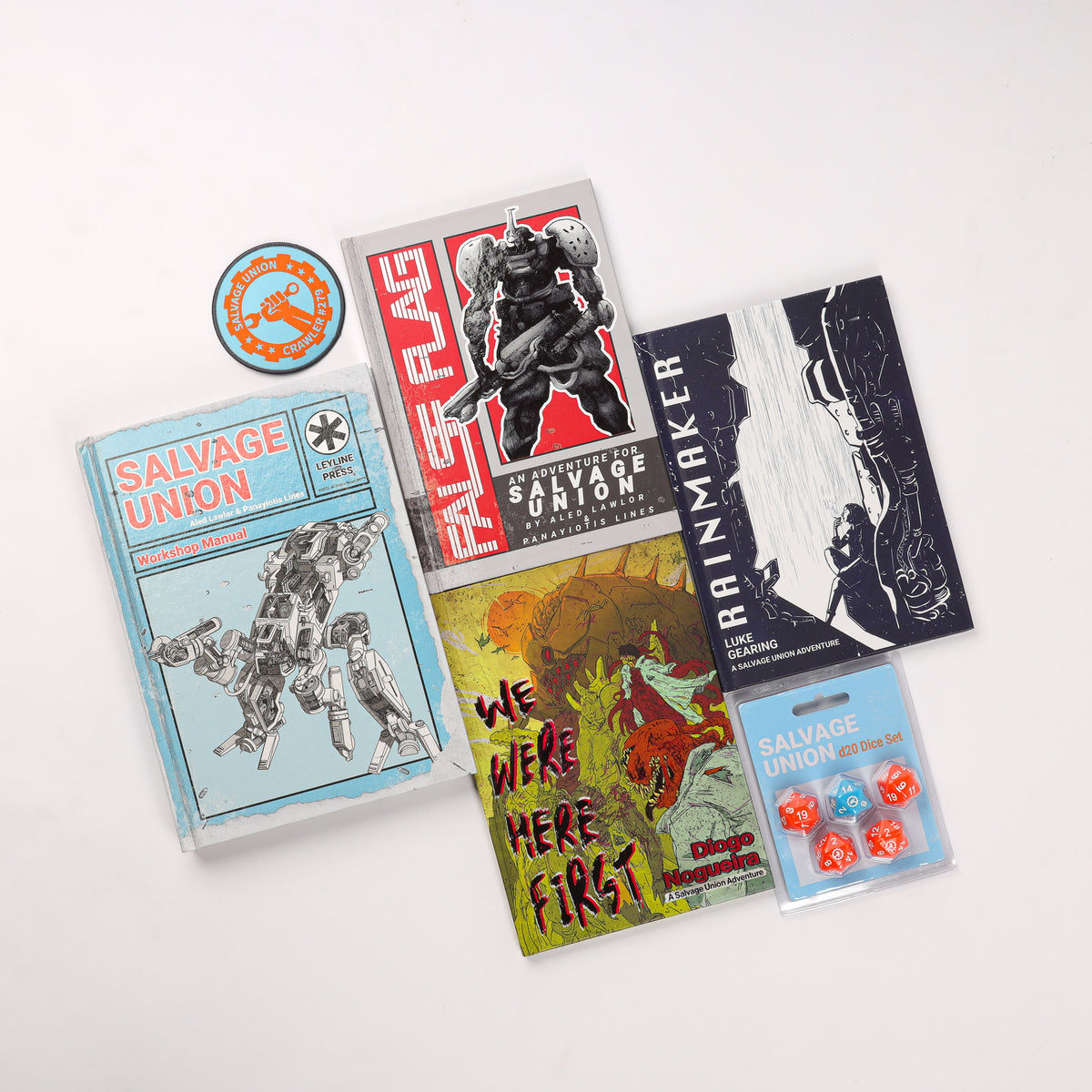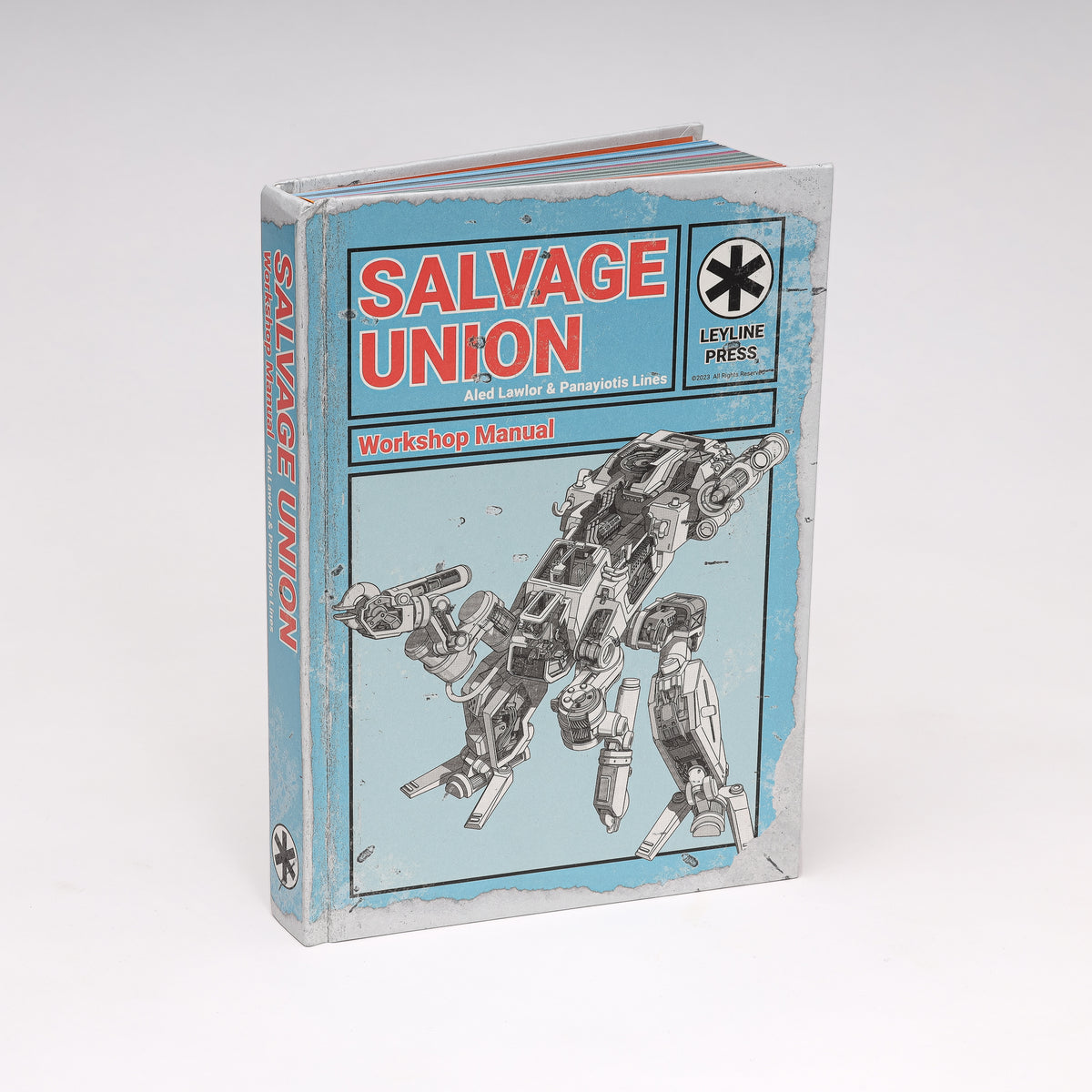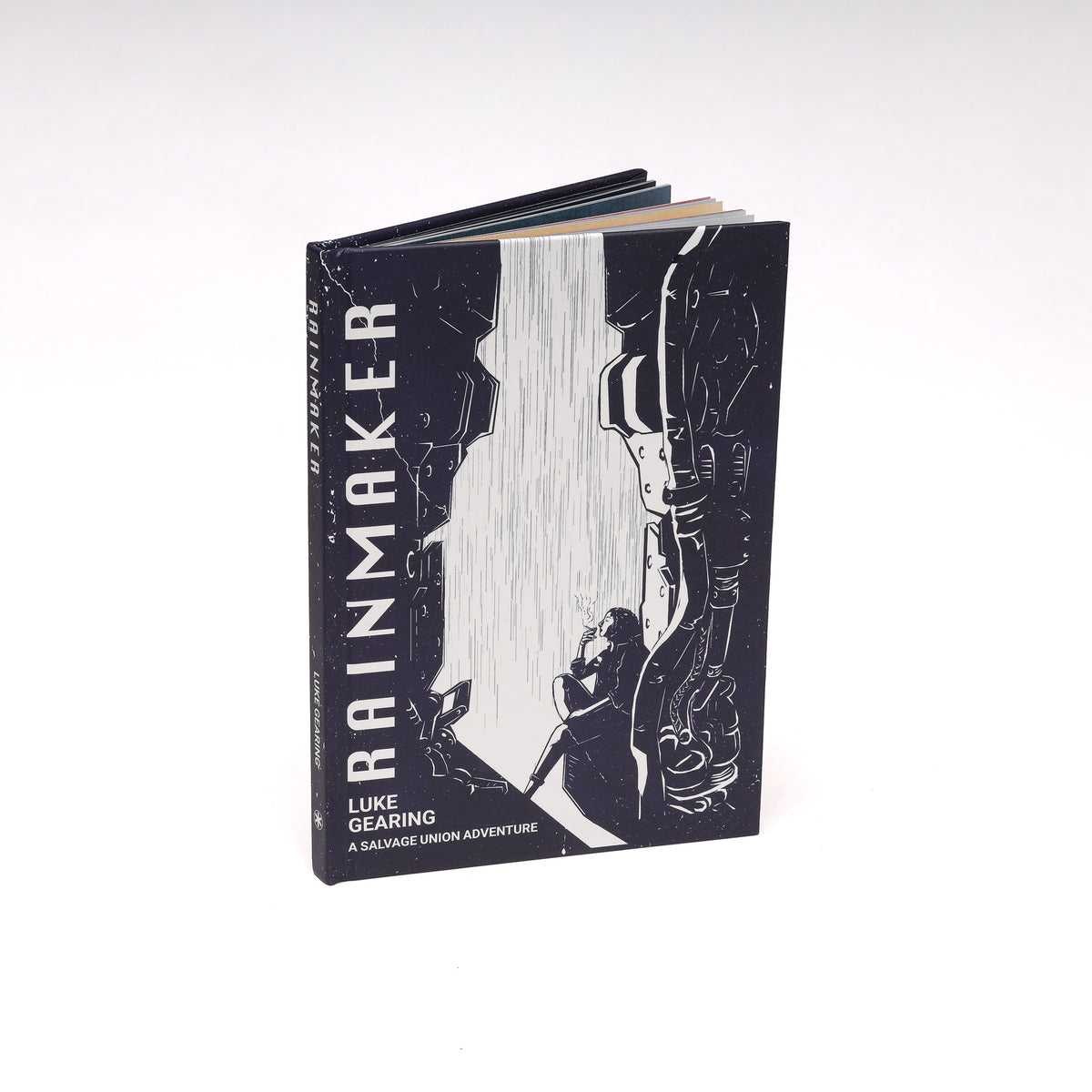Salvage Union is a tabletop RPG set in a post-apocalyptic world where players take the role of Mech Pilots who salvage scrap in the wastes. They live together within a ‘Union Crawler’, a giant Mech that acts as a home base. The game uses a gear-based progression system, where the Mech's advancement is determined by its Chassis (base stats), Systems (external hardware like weapons), and Modules (internal hardware like hacking chips). Progression in the game involves finding new Mech components or scrap to craft them. There are six "Tech Levels" that represent increasing power and access to more tools and abilities.

The interesting aspect of this progression system is its non-linear nature. Players can mount high Tech Level Systems on low Tech Level Mechs if they come across them early in the game. However, these powerful Systems may take up most of the Mech's space. Alternatively, players can choose to pilot a high-level Mech early on, assuming they can salvage it, but it would require more repairs and upkeep costs.
We designed the game to ensure that nothing became completely obsolete based on Tech Level. For instance, the Mazona Chassis, available at Tech 1, possesses a built-in hover function that allows it to traverse diverse terrains. This characteristic makes it useful throughout the game when a low-cost hover Mech is needed for certain tasks.

Similarly, Tech 1 Systems like Rigging Arms and Modules like the Reactor Flaremaintain their utility across the game, and their usefulness expands with additional customization options based on your chosen build. Even regarding weapons, the .50 Cal Machine Gun, despite dealing only 2 damage and being one of the weakest guns in the game, gains the potential for increased damage output at higher Tech Levels by linking multiple guns together. With improved cooling and reactor safety systems, the heat risks associated with weapon linking can be mitigated. Additionally, this weapon occupies only 2 System Slots and possesses a valuable Pinning Trait against infantry, making it a reliable backup support weapon, even in higher Tech Levels of play.

We chose this progression system because it aligns with the game's core theme of exploration, salvaging and living within a communal social structure. In respect to exploration and salvaging it encourages players to actively engage with the game world, exploring to find salvage and using it to upgrade their Mechs. Moreover, it allows for a high level of customization with various Mech Chassis, Systems, and Modules available across the six Tech Levels. In respect to working within a communal structure, the non-linear progression means players have to discuss within play how they are going to distribute the limited resources they have between them based on need. This isn’t always ‘fair’ in the sense that the resources are perfectly distributed evenly, but it is fair in that the group can come to an agreement over prioritising those resources based on need.
Most tabletop roleplaying games follow a linear progression method that’s even across all player characters. For example a game that utilises Experience Points may provide each player with an even number of points and have them all level up at the same time. We considered implementing a system like this in Salvage Union. In simple terms you’d start with a ‘Level 1’ ‘Fighting Mech’ and upgrade it as you played in even amounts. This would have been a valid way of designing it in line with other games, but we realised that it would not allow for the wide variety of different Mech Chassis, Systems and Modules we wanted in the game nor fit the salvaging, nor fit the overall theme and sandbox nature of the game. Salvage Union subverts the expected linear structure, via the non-linear progression of its Mech system, which we feel creates dynamic situations and interesting risk reward decision points in play as to what high Tech salvage to actively use and which to salvage and distribute amongst the group.

We were aware that this does add an additional layer of complexity to manage in play, so we made our Pilot progression system a lot more simple and linear to help reduce overall complexity and decision making. The Pilot gains a new ability every downtime cycle and their overall stats improve as the Union Crawler (their personal Mech) is upgraded. Upgrading the Union Crawler still requires scrap, emphasising the salvaging aspect. Pilots also receive new equipment each downtime cycle, which improves based on the Tech Level of their Union Crawler. This simplicity and familiarity allows us to add more complexity to the games Mech building.

One challenge we faced with the non-linear progression was convincing players to scrap their starting Mechs for upgrades when the time was right. Players often grew attached to their initial builds. To address this, we made starting Mechs significantly weaker than Tech 2 Mechs, encouraging players to upgrade as soon as possible. We also made it easier for starting Mechs to get damaged, requiring repairs or upgrades, further incentivizing players to swap them out. Additionally, we provided suggestions for players to incorporate elements of their original build into the new Mech, so it wasn't entirely lost but rather integrated into the new design.
Overall we were highly satisfied with the progression system in Salvage Union. Its uniqueness complements the game's aesthetic, and we look forward to hearing players' experiences with it during gameplay.

Interested in playing Salvage Union?
Salvage Union is now available to buy here.
You can download the free QuickStart here https://leyline.press/products/salvage-union-beta-quickstart-digital-edition-pdf
You can join the Salvage Union Discord here where we're running weekly playtest games - https://discord.gg/gmM6jTT8qm
Follow Salvage Union on Twitter - @salvageunion
Follow Salvage Union on Instagram - @salvageunionrpg
Subscribe to the Leyline Press newsletter here to receive updates Salvage Union and our other games.






0 comments